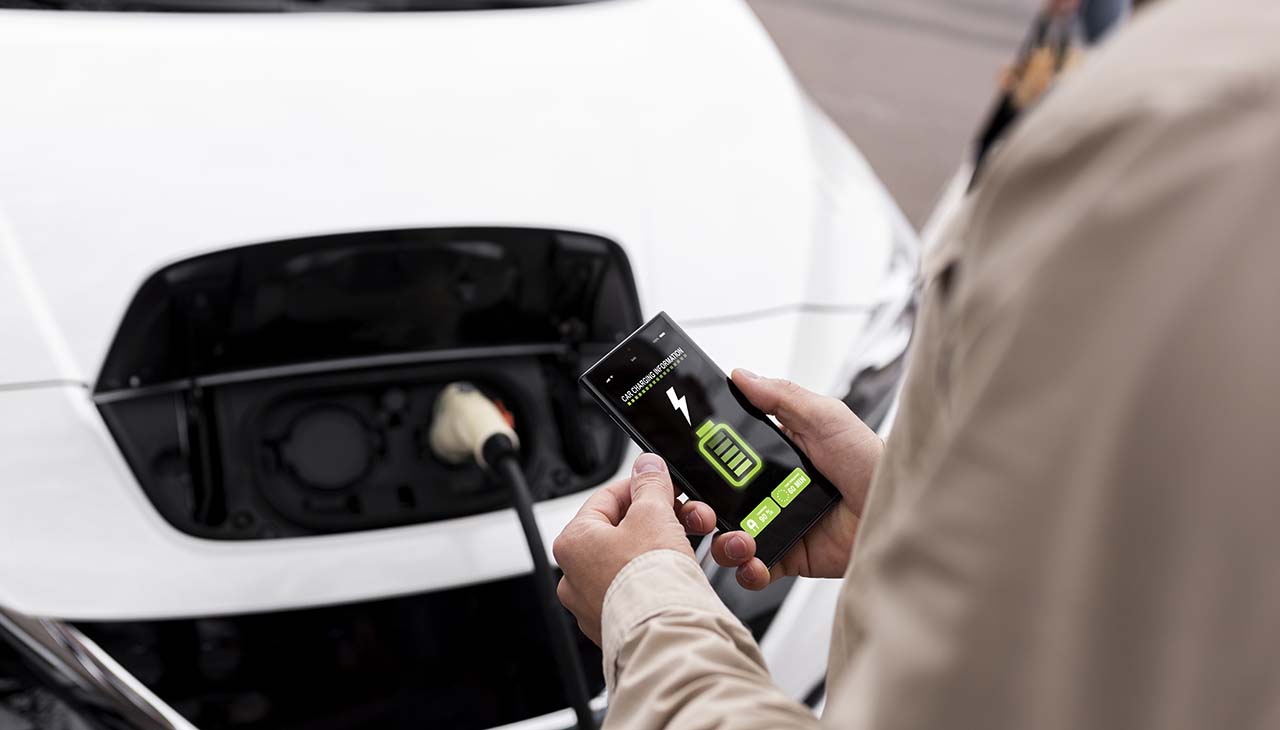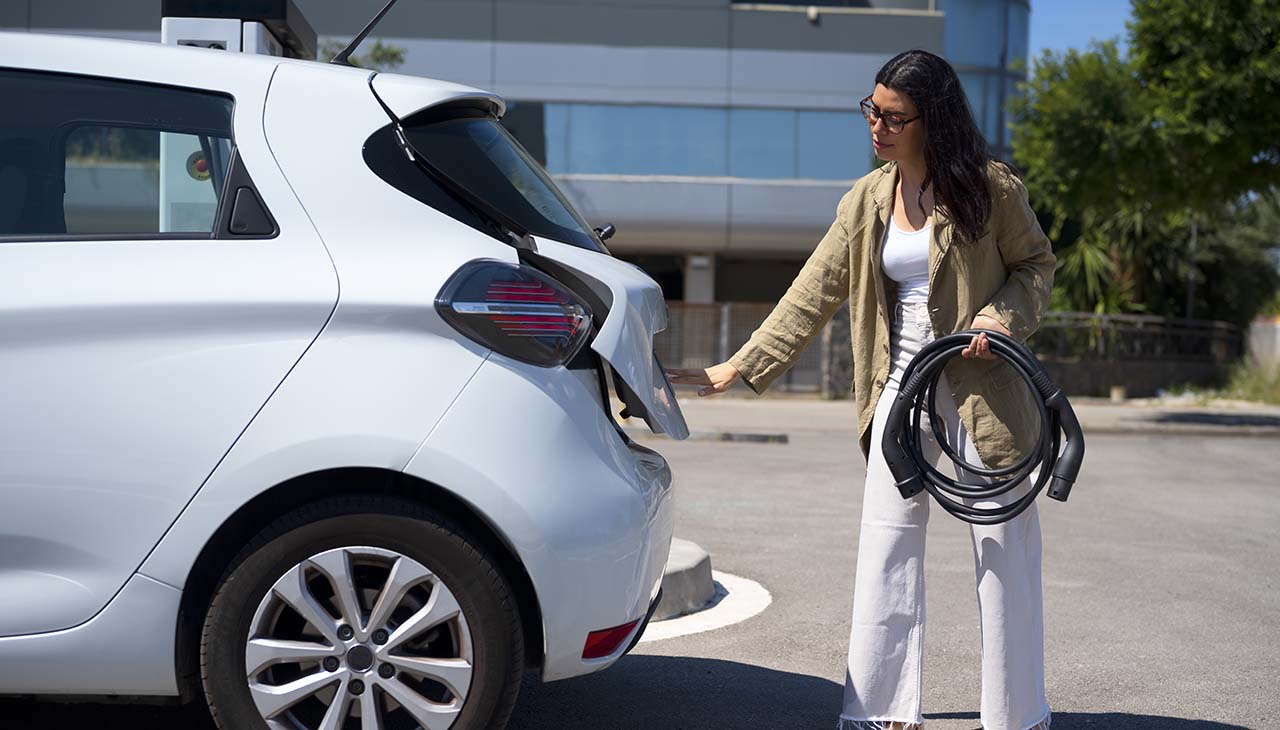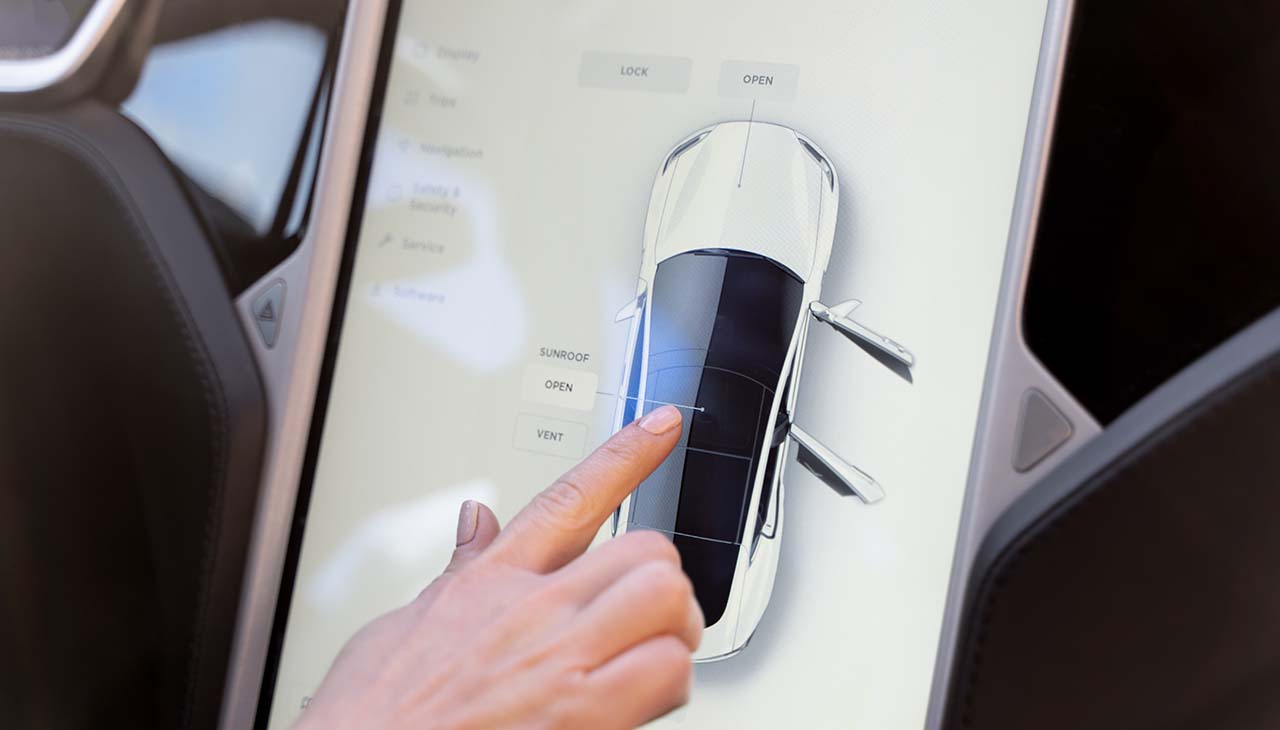Owning a car comes with its perks and its share of troubles. Two frequent issues that drivers face are engine overheating and battery failure. These problems can be daunting, especially if you’re not familiar with the basics of car maintenance. However, with a little knowledge and the right approach, you can troubleshoot these issues effectively. This guide will walk you through understanding, diagnosing, and addressing engine overheating and battery failure, helping keep your car running smoothly.
Engine Overheating
The sight of steam billowing from under your car’s hood is a surefire sign of engine overheating—a situation that can lead to significant engine damage if not addressed promptly. The engine can overheat for various reasons, including coolant level issues, leaks in the cooling system, and blocked radiators. Here’s how you can troubleshoot and handle an overheating engine:
Check Coolant Levels
The first step in preventing your engine from overheating is ensuring your car has enough coolant. The coolant circulates through the engine and absorbs heat, which is then expelled into the atmosphere via the radiator. Low coolant levels mean less heat is carried away from the engine, causing it to overheat. If the coolant level is low, top it up while making sure to use the type recommended by your vehicle’s manufacturer.
Inspect for Leaks
A leak in the cooling system can cause the coolant level to drop, leading to overheating. Inspect all hoses, the radiator, and the water pump for signs of leaks. Wet spots or drips are tell-tale signs. If you find a leak, it’s crucial to get it repaired as soon as possible.
Clean the Radiator and AC Condenser
Over time, the radiator and AC condenser can become clogged with debris, reducing their efficiency. A clogged radiator cannot expel heat effectively, causing the engine to overheat. Regularly clean the radiator and condenser, removing any leaves, dirt, or debris that might have accumulated.
Monitor the Engine Temperature Gauge
Always keep an eye on your engine temperature gauge, especially during hot weather or when driving up steep inclines. If the needle starts creeping towards the hot end, try turning off your air conditioning, as it puts additional load on the engine. If the temperature continues to rise, pull over safely and turn off the engine to prevent further damage.
Battery Failure
The car battery is crucial for starting your engine and powering accessories when the engine is off. Battery failure is often due to corrosion, low charge, or an issue with the car’s charging system. Here are steps to troubleshoot and fix battery-related problems:
Check Battery Terminals for Corrosion
Corrosion on battery terminals can impede electrical conductivity, making it hard for the battery to charge or provide power. Inspect the terminals for any white, green, or blue powdery substance. Cleaning the terminals with a wire brush can remove corrosion and possibly solve your problem.
Test the Battery Voltage
Using a multimeter to check the battery voltage can give you an insight into its health. A healthy battery should have a voltage of about 12.6 volts or more when the car is off. If the voltage is below the manufacturer’s specifications, the battery might need a charge or replacement.
Ensure Lights and Accessories Are Off
Leaving lights, the radio, or other accessories on while the car is not running can drain the battery, leading to failure. Always double-check that everything is turned off before exiting the vehicle.
Have the Charging System Inspected
A malfunctioning charging system can prevent the battery from charging properly, leading to failure. If your battery frequently dies or your car has trouble starting, have a professional inspect the charging system, including the alternator, to ensure it’s working correctly.
Conclusion
In conclusion, understanding the basics of troubleshooting common car issues like engine overheating and battery failure can not only save you from potential roadside troubles but also extend the life of your vehicle. Regular maintenance, along with a keen eye for the signs of trouble, can prevent the majority of car problems before they escalate into more serious issues. Always remember to handle any maintenance tasks that are within your ability, but don’t hesitate to seek professional help when necessary. This approach will ensure your car remains reliable, safe, and ready to take you wherever you need to go.




